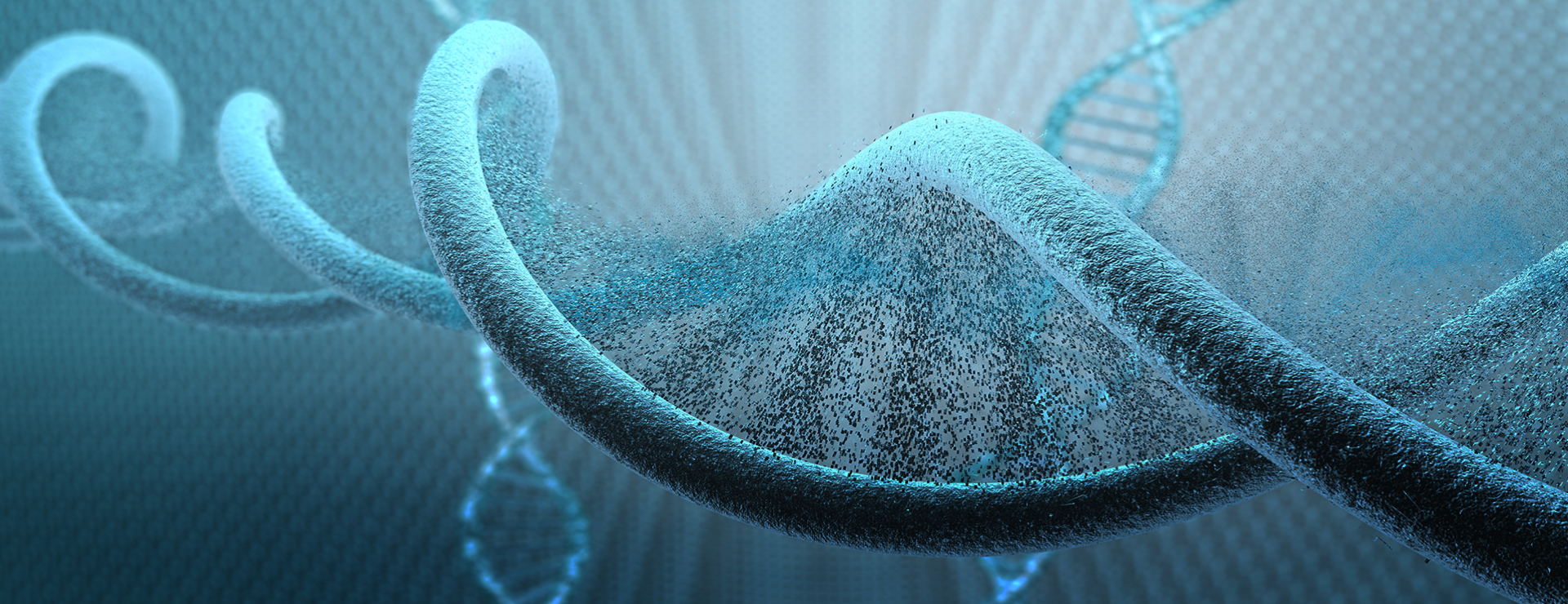
GABRA3
Facebook Support Group
Guide to Pharmacology
Dysmorphic features
Share Your Story
What Is GABRA3
The GABRA3 gene is responsible for creating a protein called the alpha-3 subunit of the GABA-A receptor. This receptor is found in the brain and plays an important role in controlling brain activity.
Imagine the GABA-A receptor as a lock on the surface of brain cells, and GABA (gamma-aminobutyric acid) as the key that fits into this lock. When GABA binds to the GABA-A receptor, it has a calming effect on the brain, reducing brain activity and promoting relaxation.
The GABRA3 gene specifically provides instructions for making the alpha-3 subunit of the GABA-A receptor. This subunit is crucial because it helps determine the properties and behavior of the receptor.
When there are changes or variations in the GABRA3 gene, it can affect the functioning of the GABA-A receptor. These changes can influence how the receptor responds to GABA, altering the balance of brain activity.
Although research is ongoing, studies have suggested that alterations in the GABRA3 gene may be associated with certain neurological and psychiatric conditions. For example, variations in this gene have been explored in relation to epilepsy, schizophrenia, and addiction disorders. However, it’s important to note that these conditions are complex and involve interactions with multiple genes and environmental factors.
In simple terms, the GABRA3 gene produces a protein called the alpha-3 subunit of the GABA-A receptor. This subunit helps determine how the receptor responds to GABA, affecting brain activity. Changes in the GABRA3 gene may be linked to certain neurological and psychiatric conditions, but more research is needed to fully understand these connections.
Symptoms of GABRA3?
Variations or mutations in the GABRA3 gene have been associated with several different conditions. Here are some of the reported symptoms and conditions associated with GABRA3. Though understanding the specific symptoms associated with GABRA3 gene variations requires further research and investigation..
- Rare GABRA3 Variants have been associated with: Epileptic seizures which refer to the recurring episodes of abnormal electrical activity in the brain, which can manifest as convulsions, loss of consciousness, or other neurological symptoms.
- Encephalopathy which refers to a disorder of brain function, often characterized by developmental delays, cognitive impairment, seizures, and other neurological symptom
- Dysmorphic features which refer to physical abnormalities or distinctive facial characteristics that may be present in affected individuals.
The study identified dysmorphic features as part of the clinical presentation in some cases where rare changes in the GABRA3 gene were found.Example: p.Q242L mutation. Micrognathia, sloping shoulders and short neck.Example: p.T166M variant. Micrognathia, elongated skull, small mouth, long fingers, big low set ears and high stature can be observed.
It’s important to note that the symptoms and severity of these conditions can vary widely among individuals, even among those with the same genetic variation. Additionally, further research is needed to fully understand the relationship between GABRA3 gene variations and the associated symptoms and conditions.
If you have specific concerns about GABRA3 gene variations or related conditions, it is recommended to consult with a healthcare professional or a geneticist who can provide you with the most up-to-date and accurate information based on your specific situation. They can conduct a thorough evaluation and provide appropriate guidance and support.
Disclaimer: It is important to note that our understanding of GABA A Variants and their associated symptoms is an ongoing area of research. As of now, there may still be limited information available regarding the specific symptoms and implications of these genetic variations. It is recommended to consult with healthcare professionals or genetic specialists, and stay updated with the latest scientific research, as ongoing studies and advancements may provide further insights into GABA A Variants and their related symptoms.
Cure GABA A Variants non-profit and cureGABAa.org does not provide medical advice. It is intended for informational purposes only. It is not a substitute for professional medical advice, diagnosis or treatment. It does not diagnose, it produces a ranked list of suspected genes which provide assistance for rare hereditary disease cases. Patients should discuss their findings with their healthcare provider. Cure GABA A Variants does not intend to diagnose patients. It is providing information in order for patients to find and get better management of expert certified clinical assistance.
Study Findings: 44 pathogenic GABRB3 missense variants segregate into gain-of-function and loss-of-function groups and respective patients display distinct clinical phenotypes. The gain-of-function cohort (n = 27 patients) presented with a younger age of seizure onset, higher risk of severe intellectual disability, focal seizures at onset, hypotonia, and lower likelihood of seizure freedom in response to treatment. Febrile seizures at onset are exclusive to the loss-of-function cohort (n = 47 patients). Overall, patients with GABRB3 variants that increase GABAergic activity have more severe developmental and epileptic encephalopathies. This paradoxical finding challenges our current understanding of the GABAergic system in epilepsy and how patients should be treated.
https://www.nature.com/articles/s41467-022-29280-x
Resources:
https://pubmed.ncbi.nlm.nih.gov/29053855/

